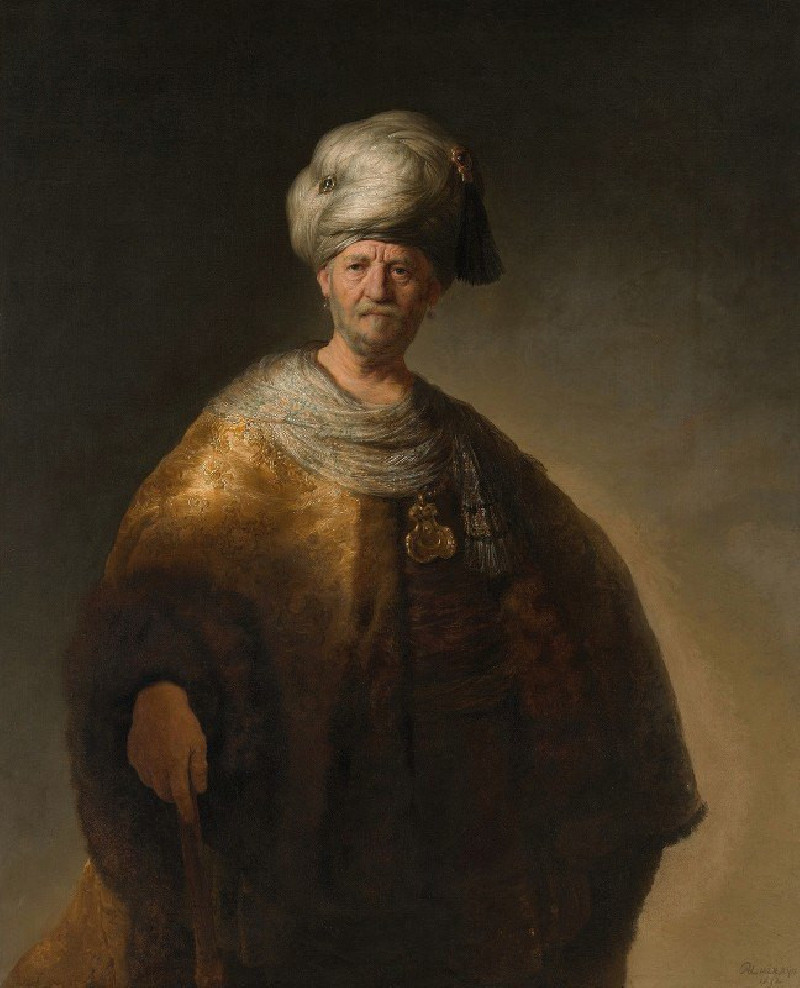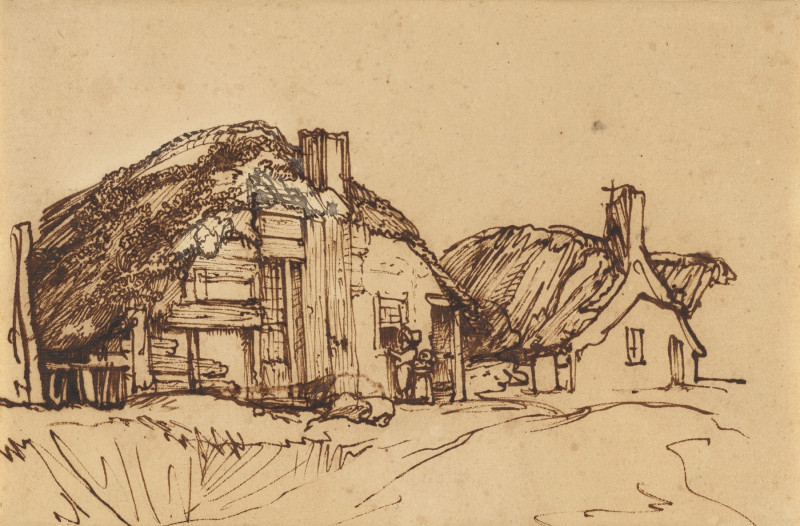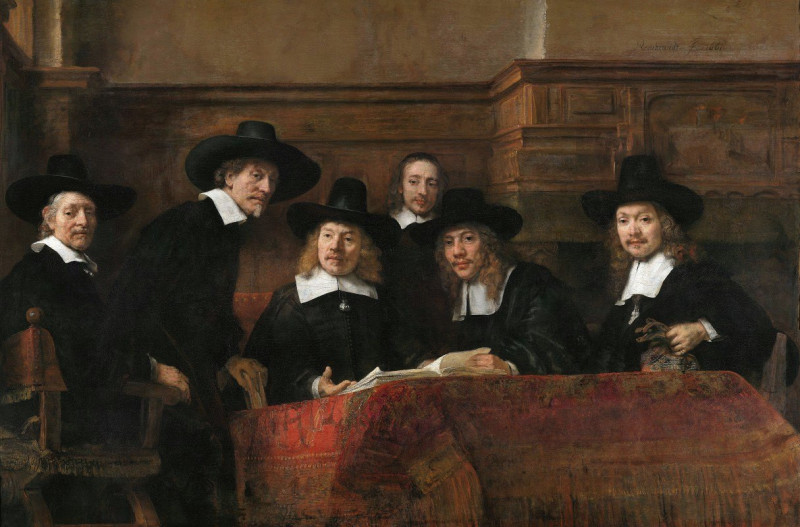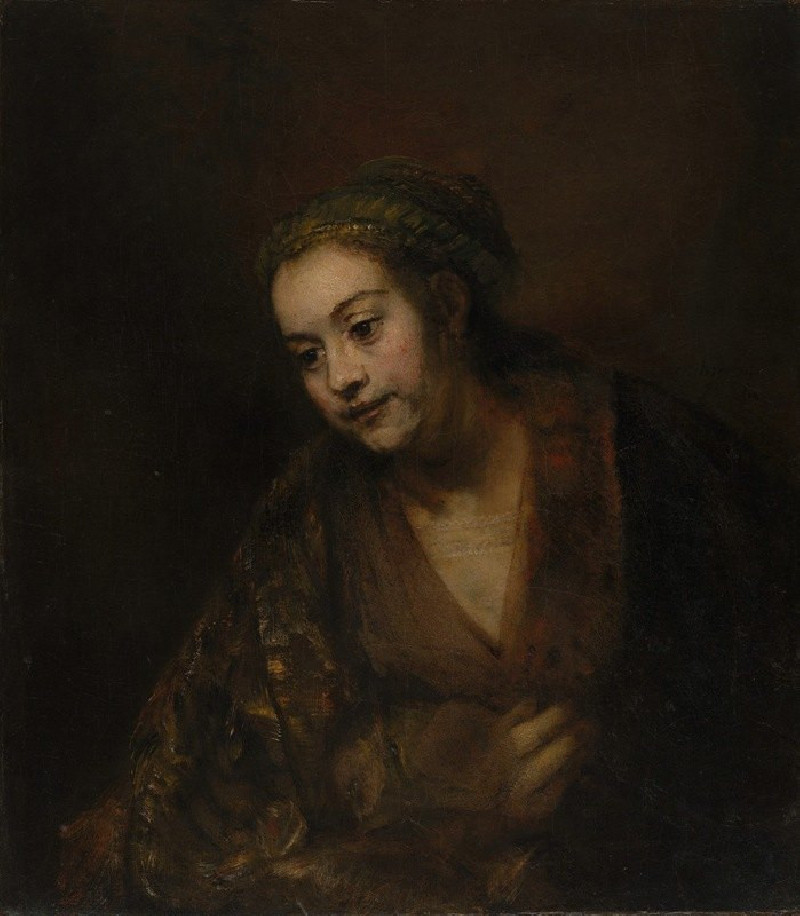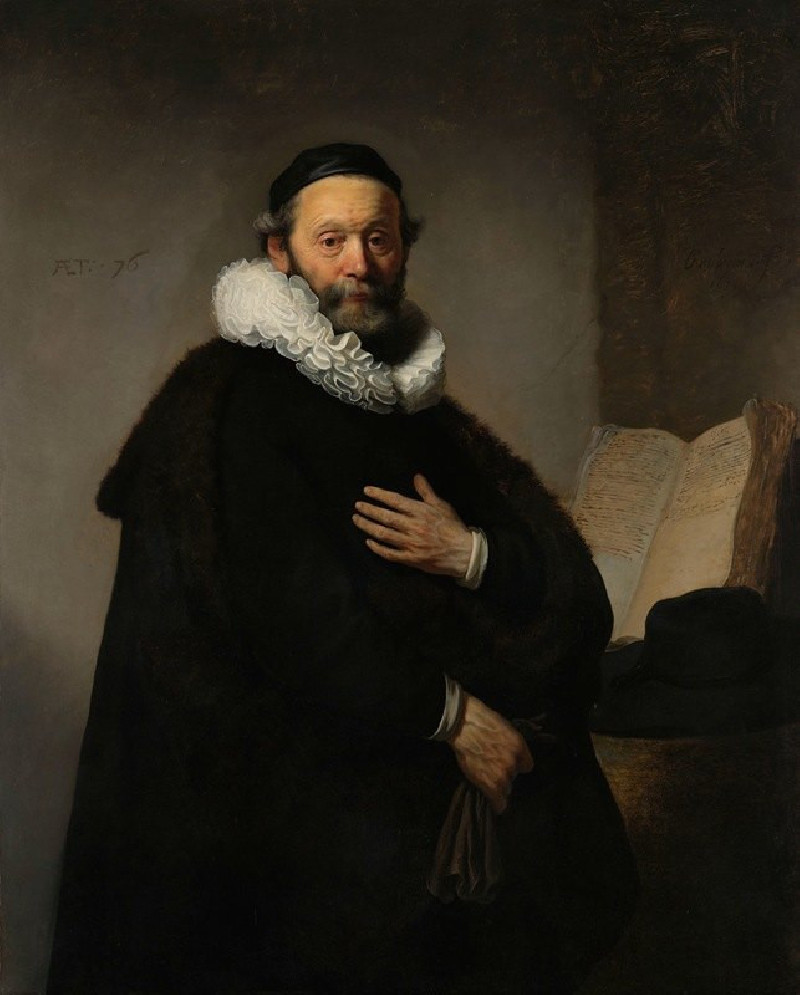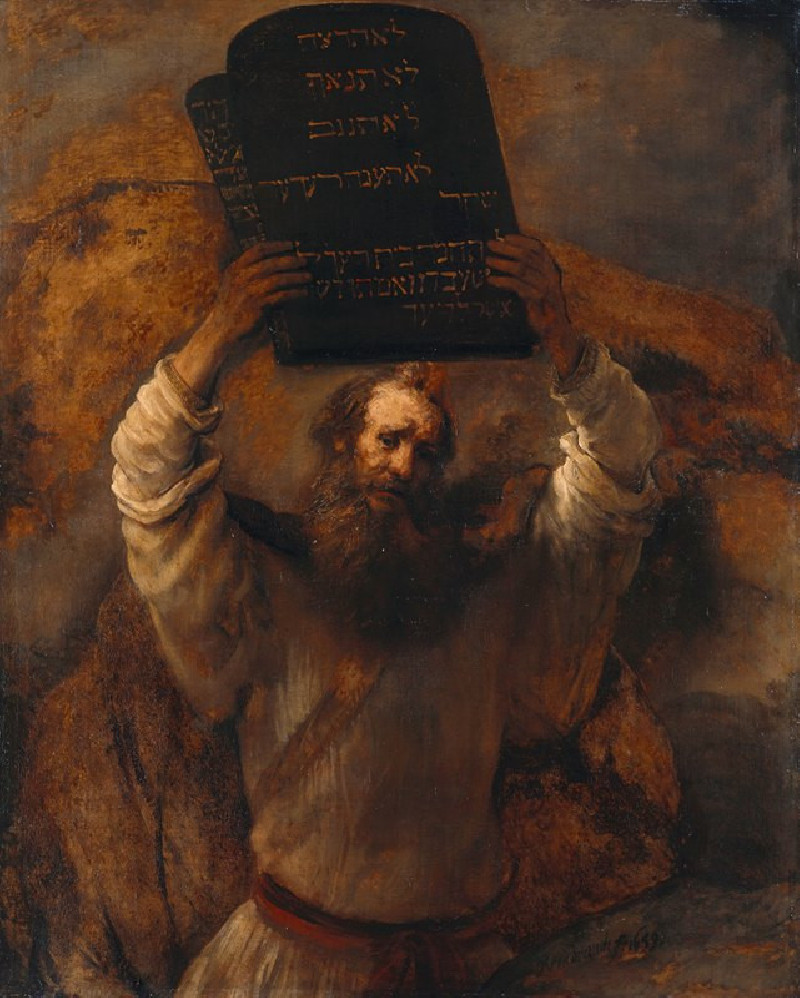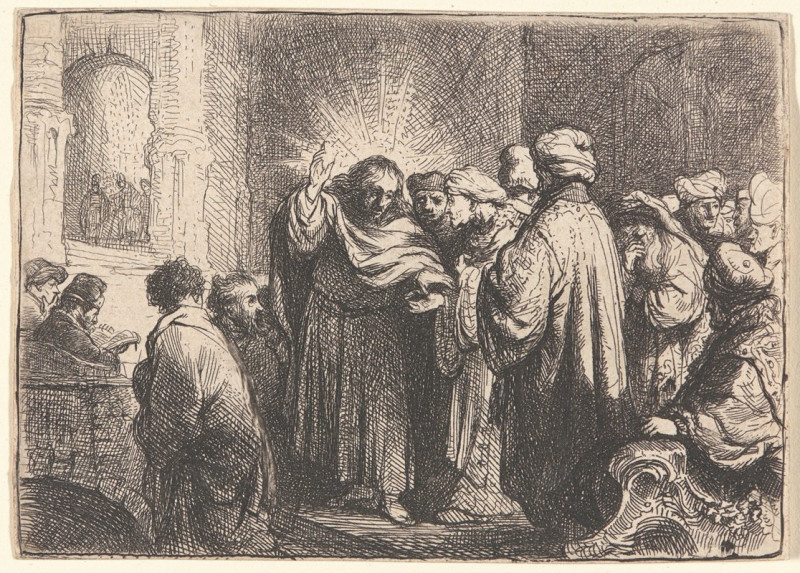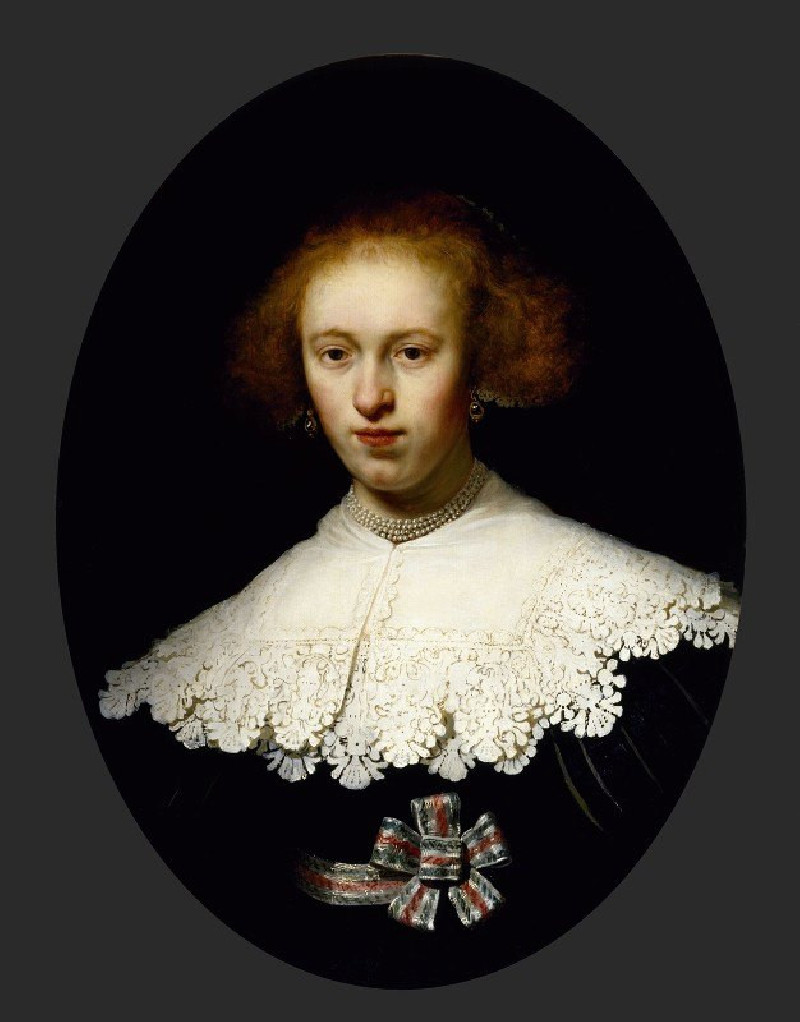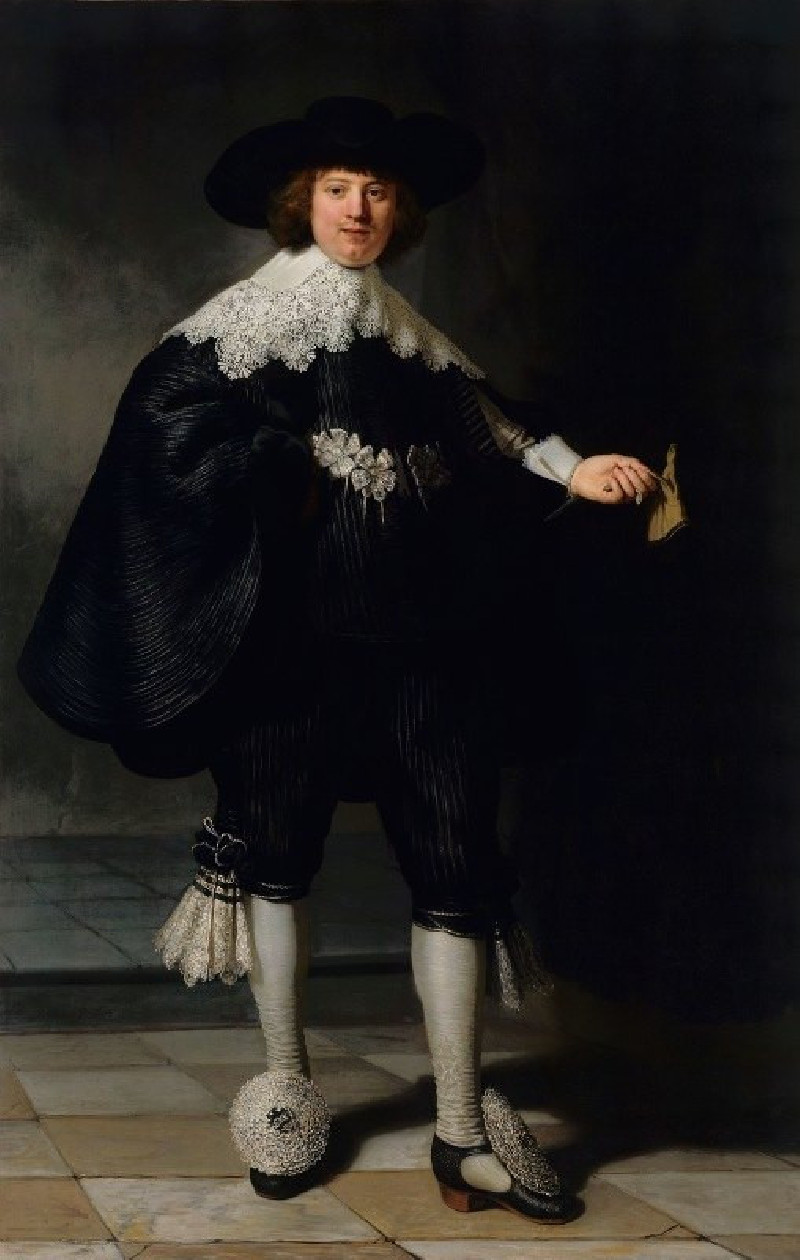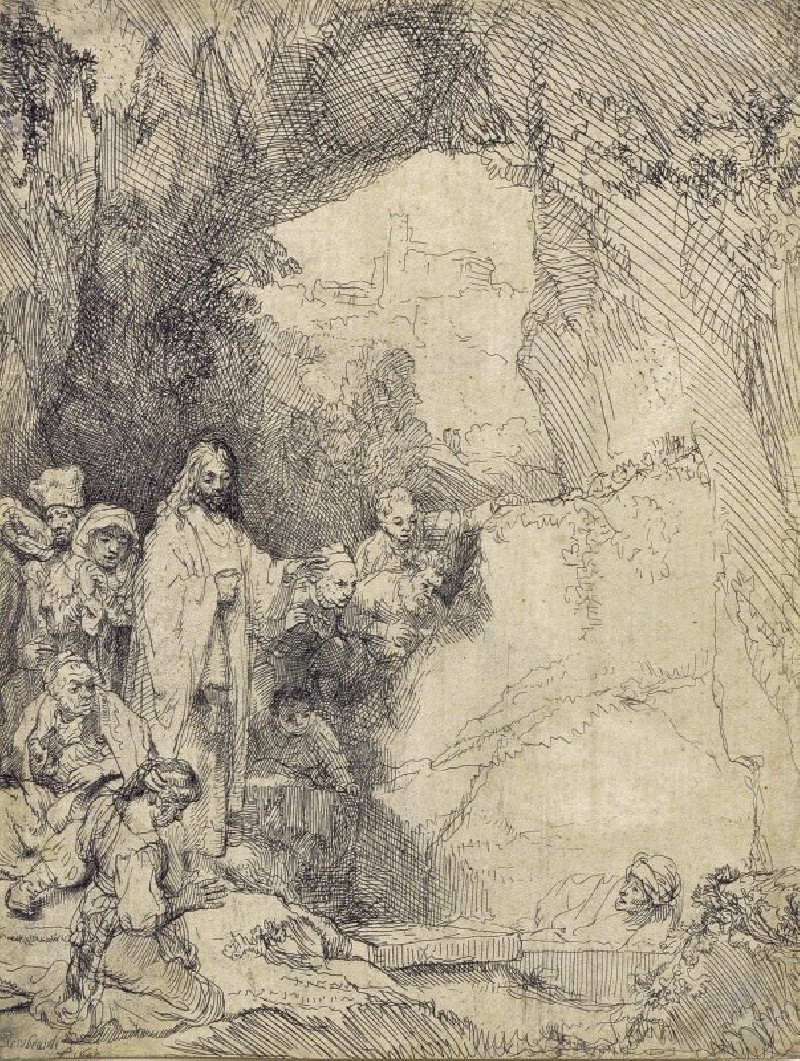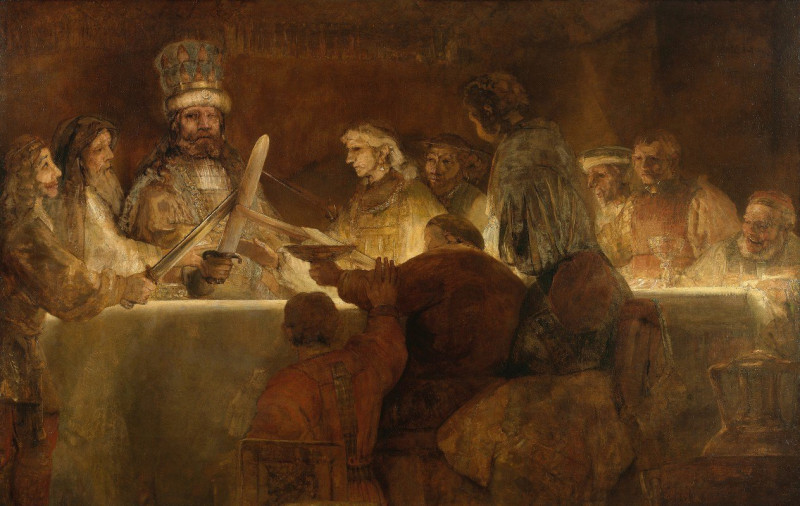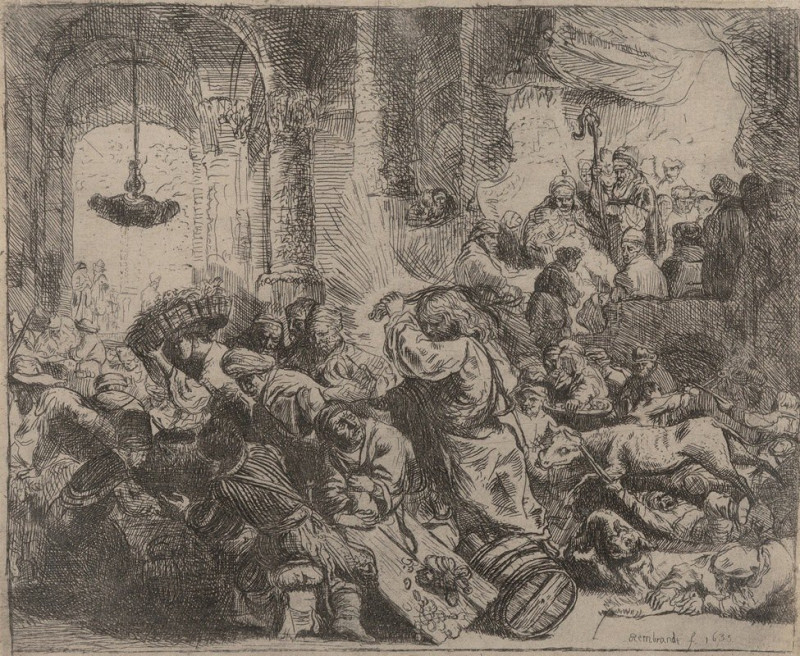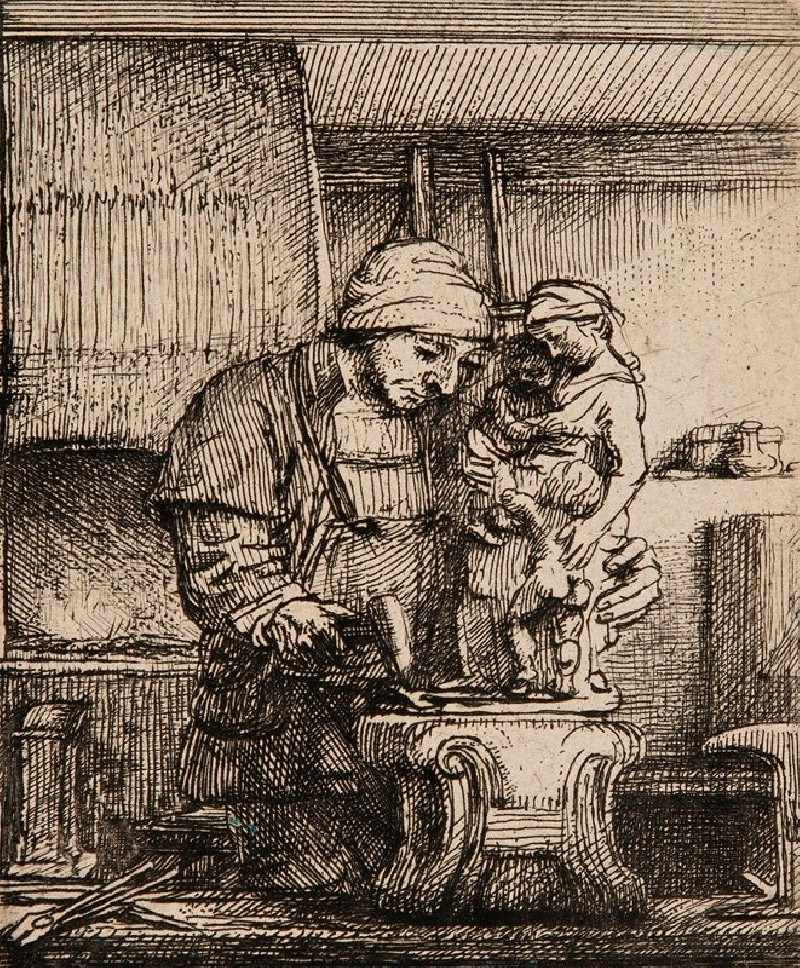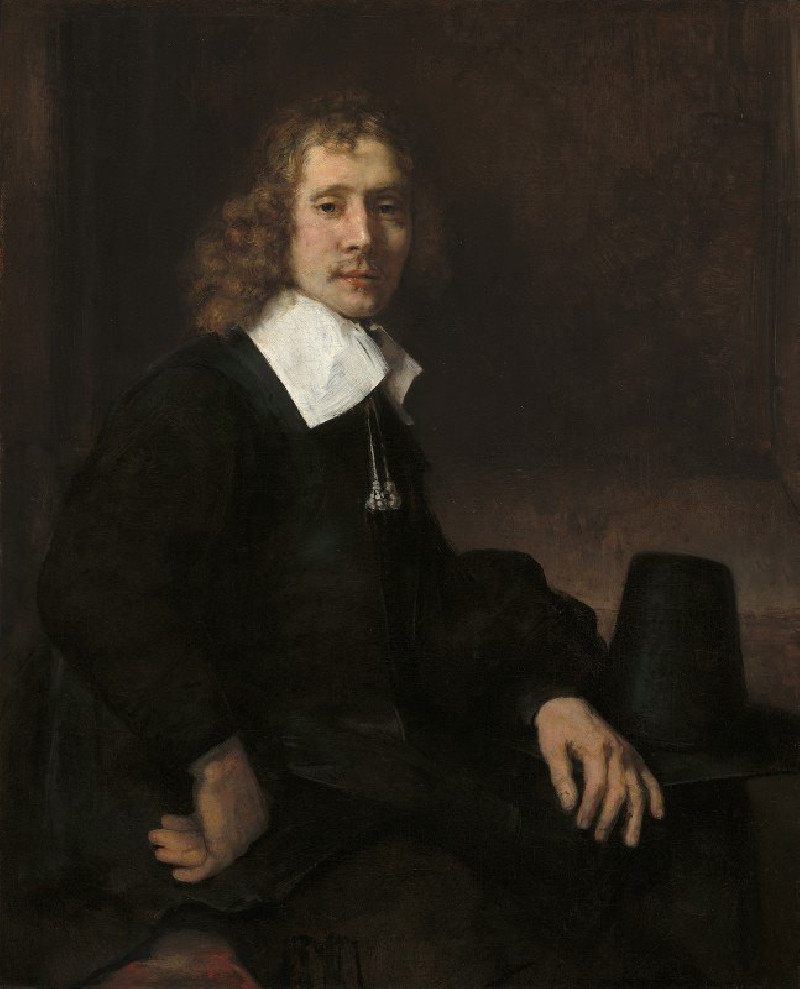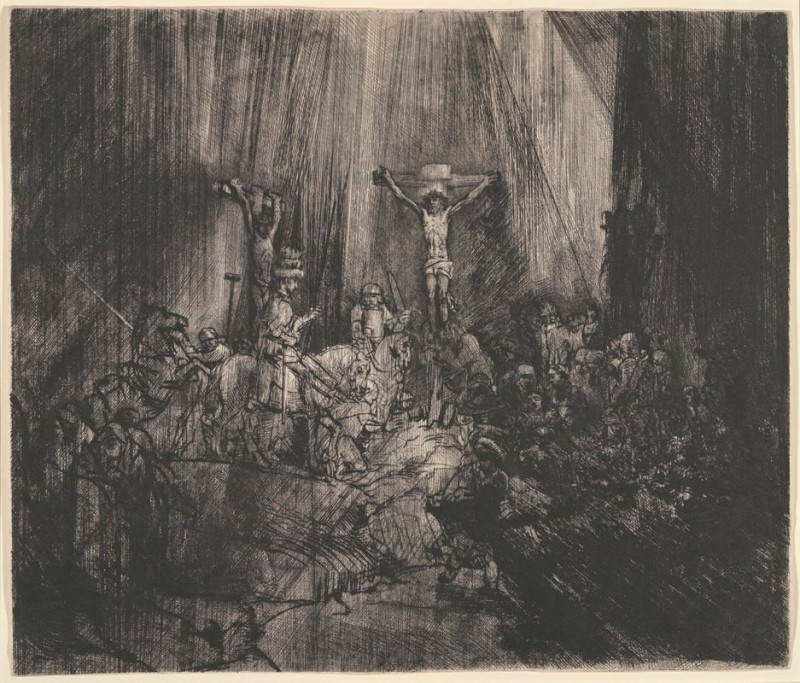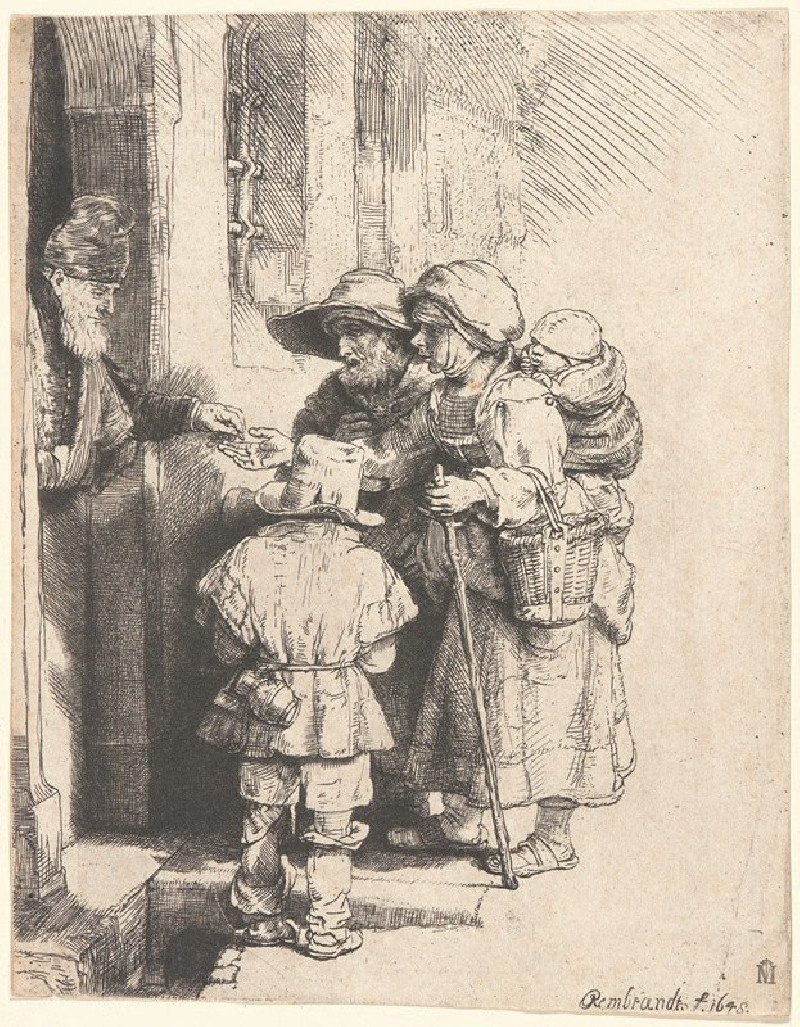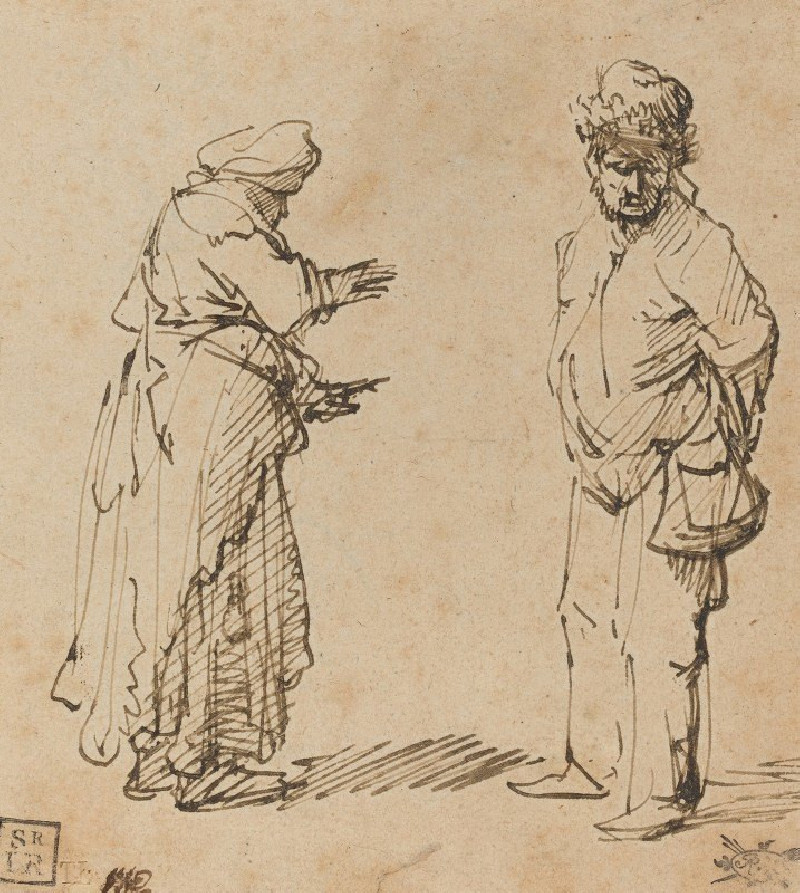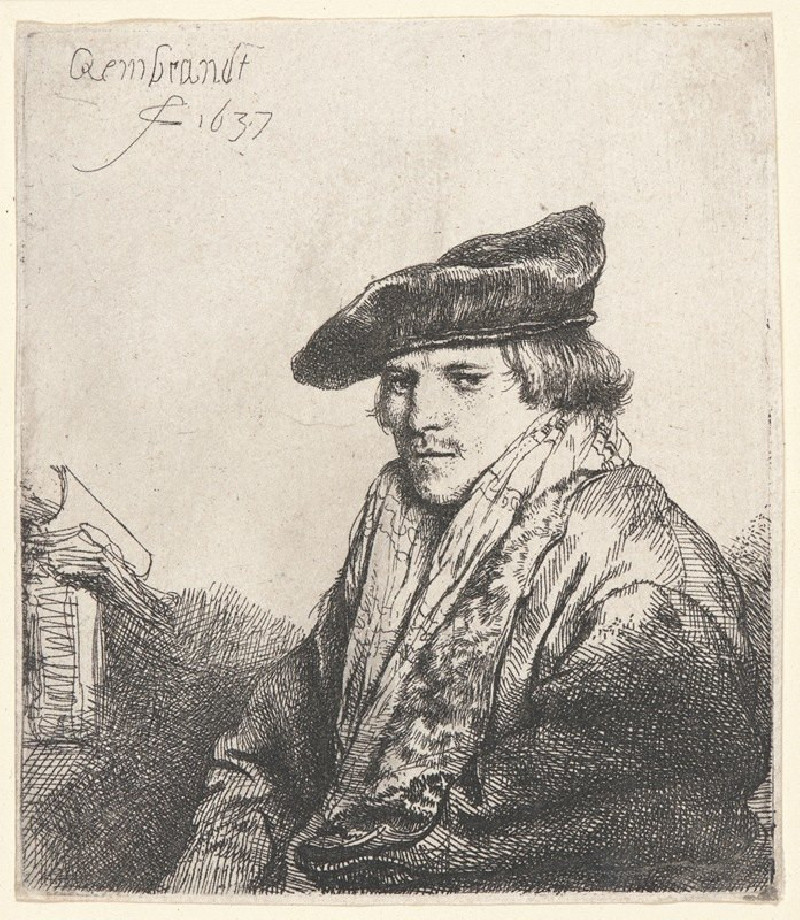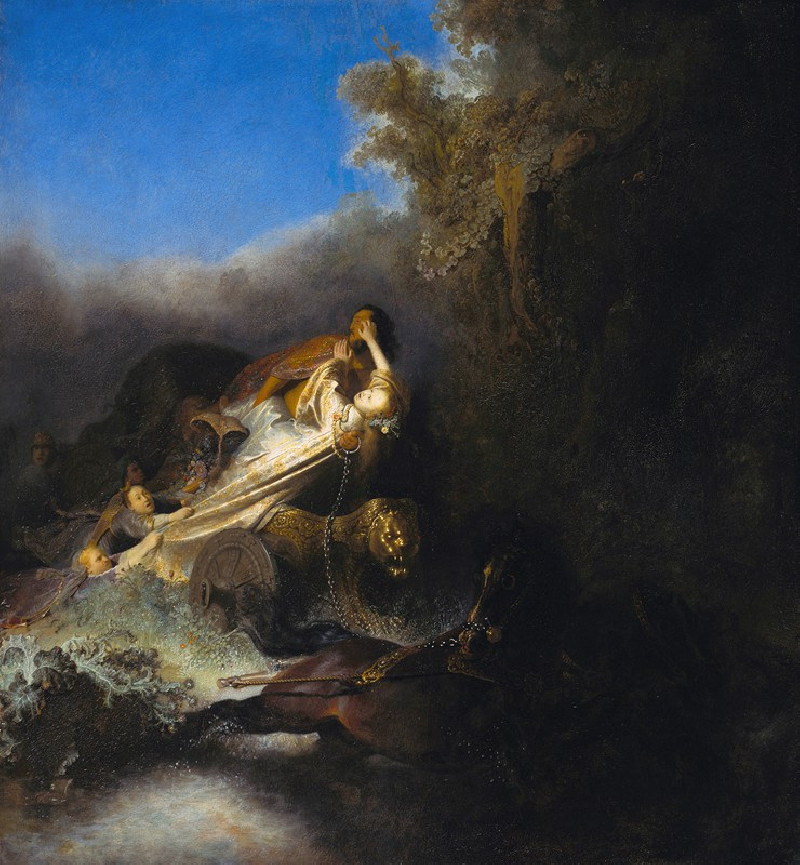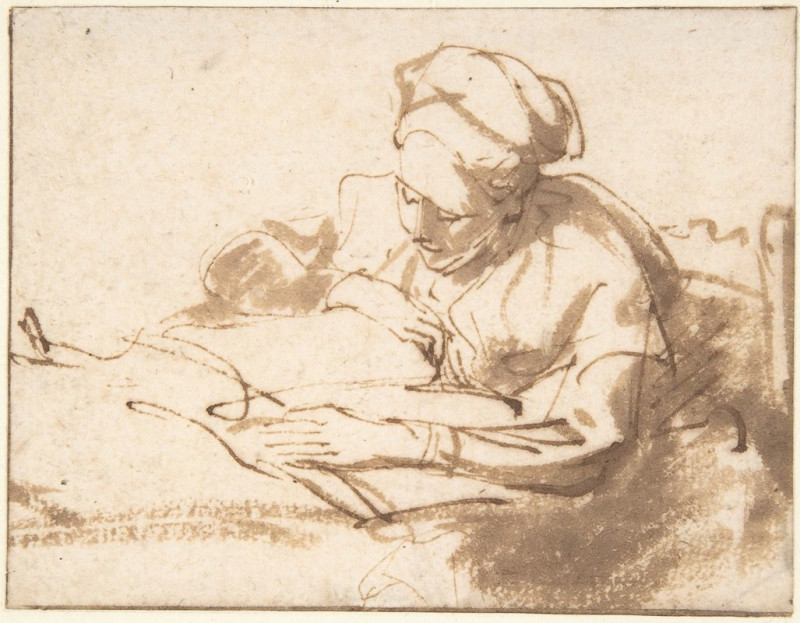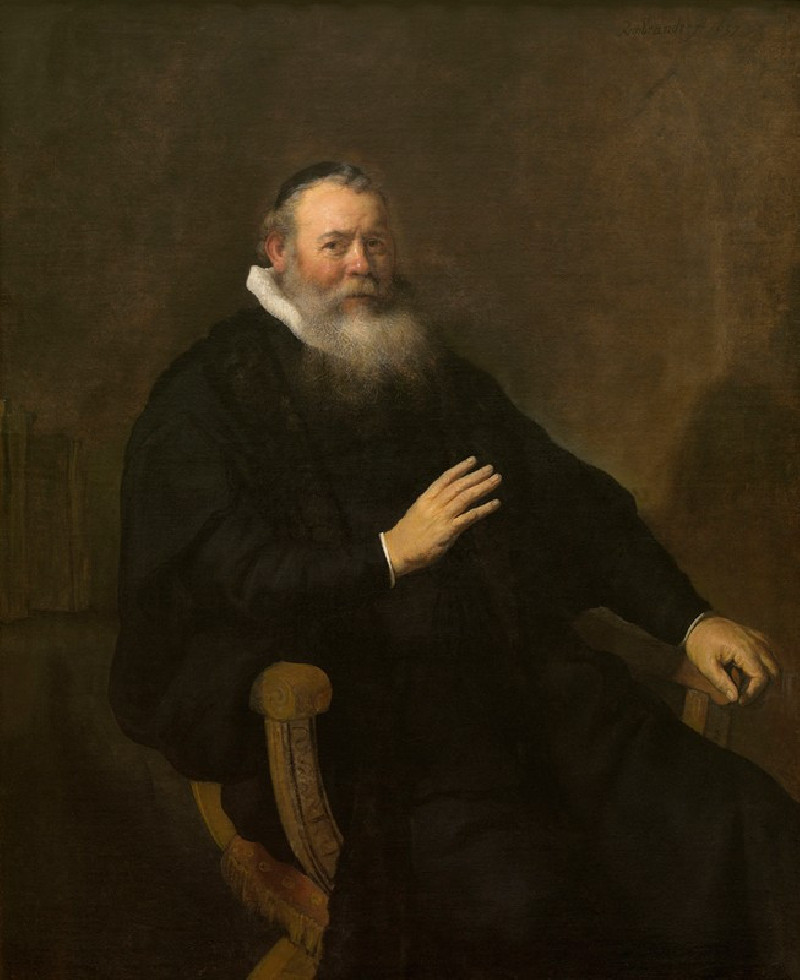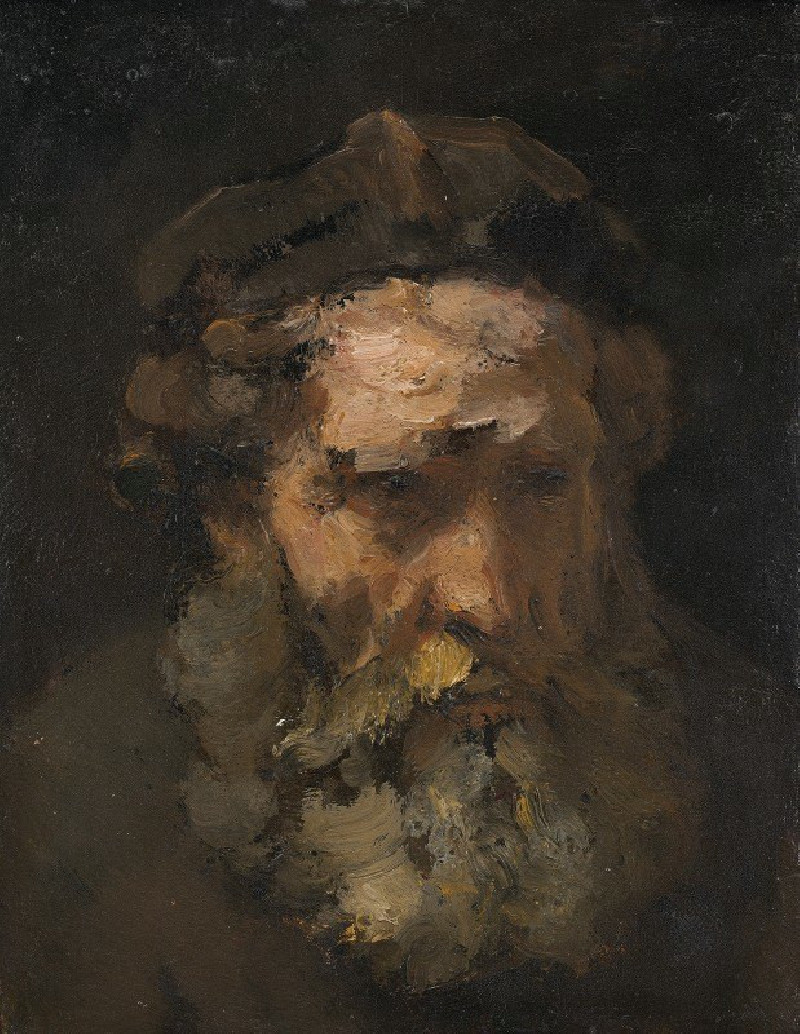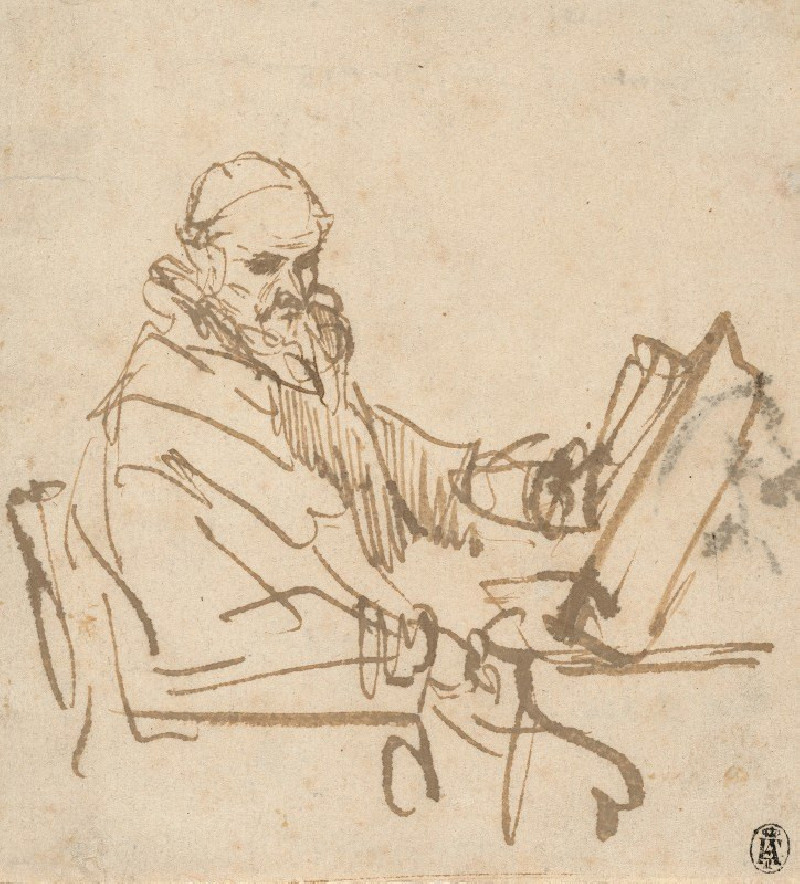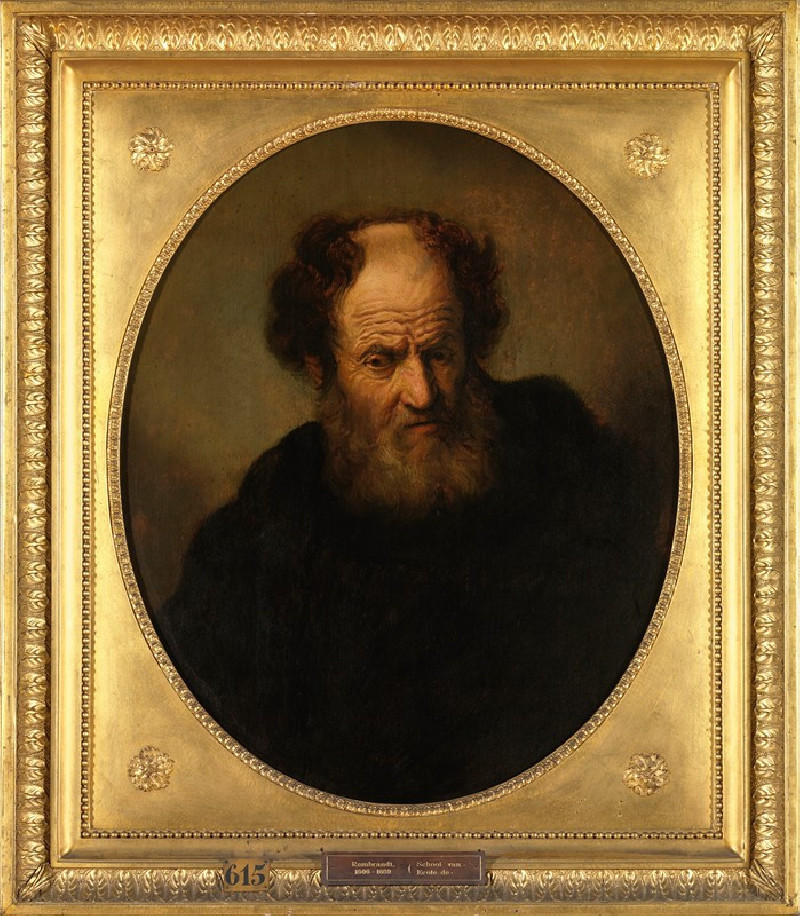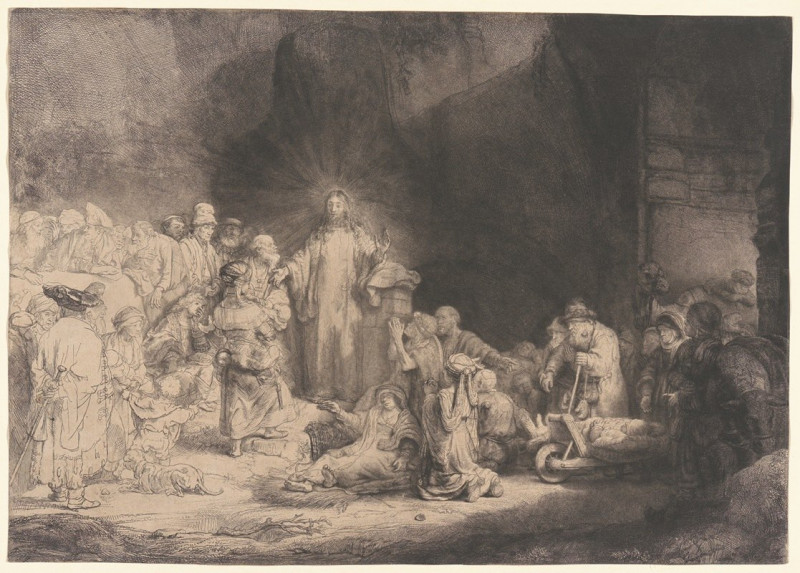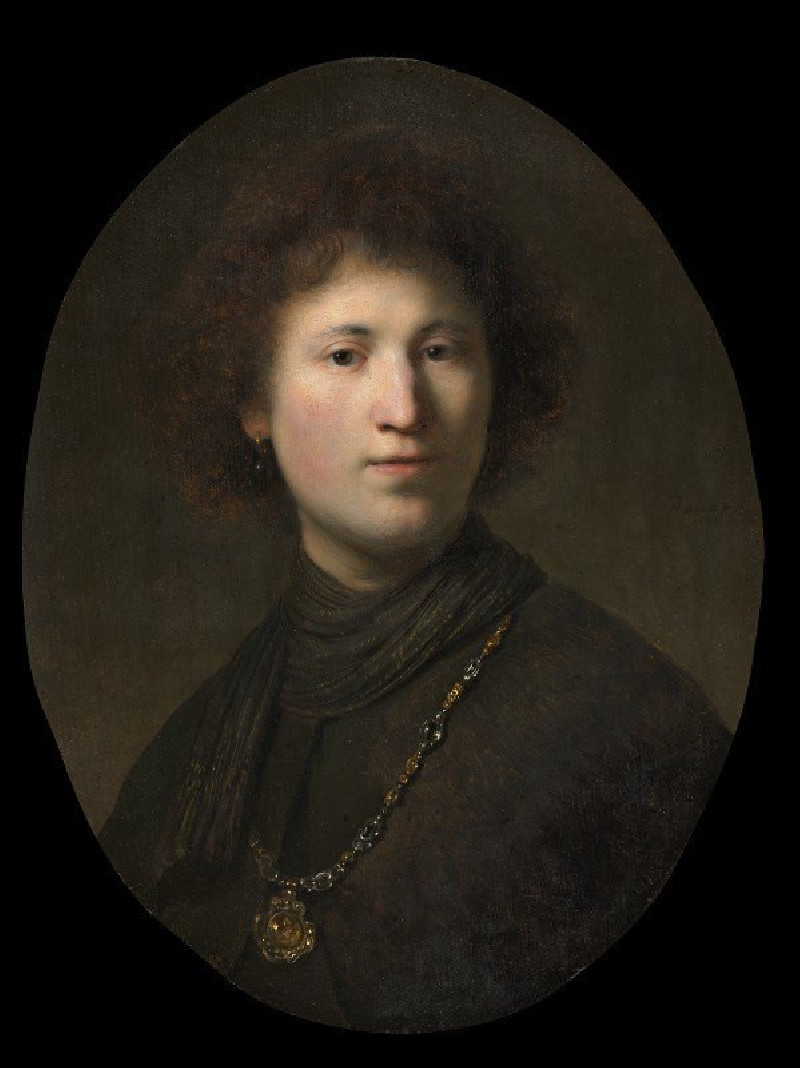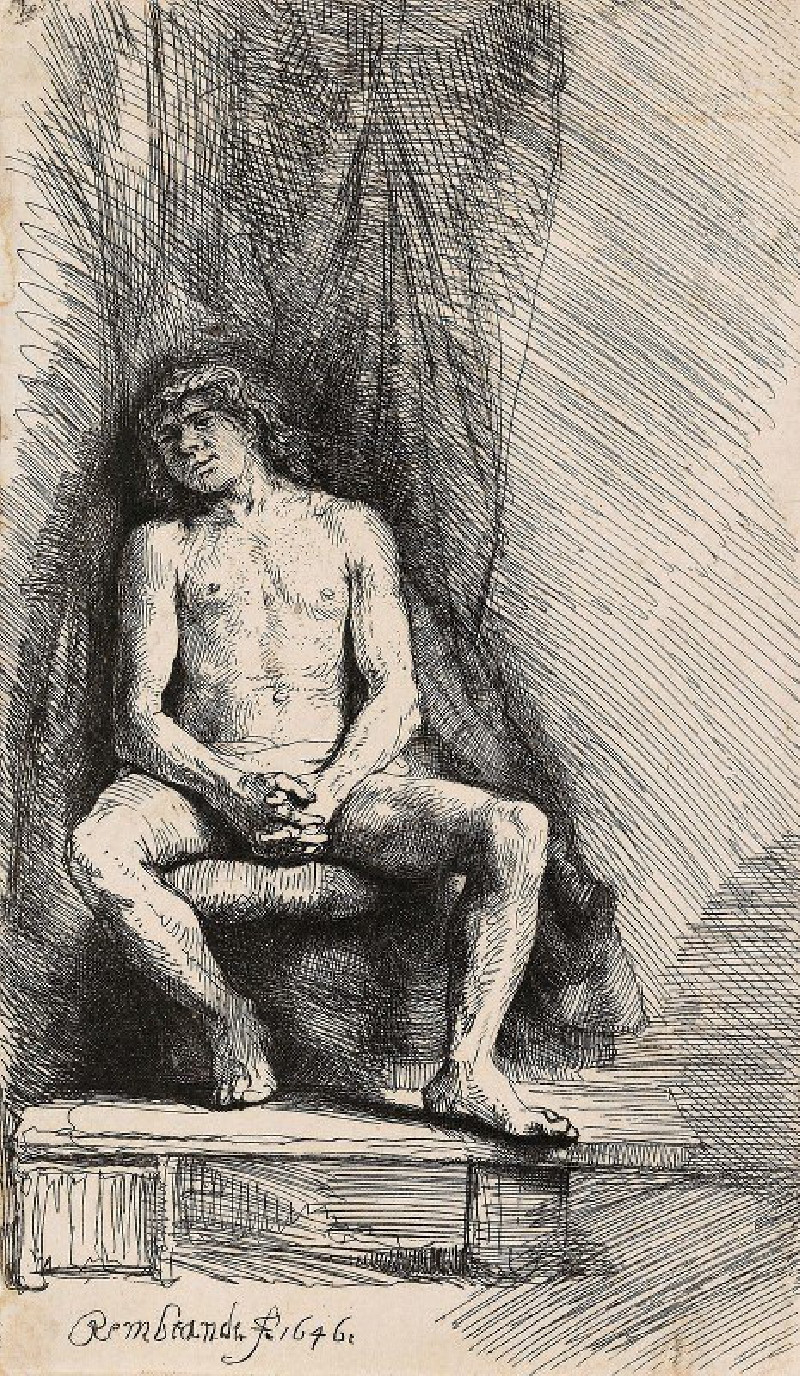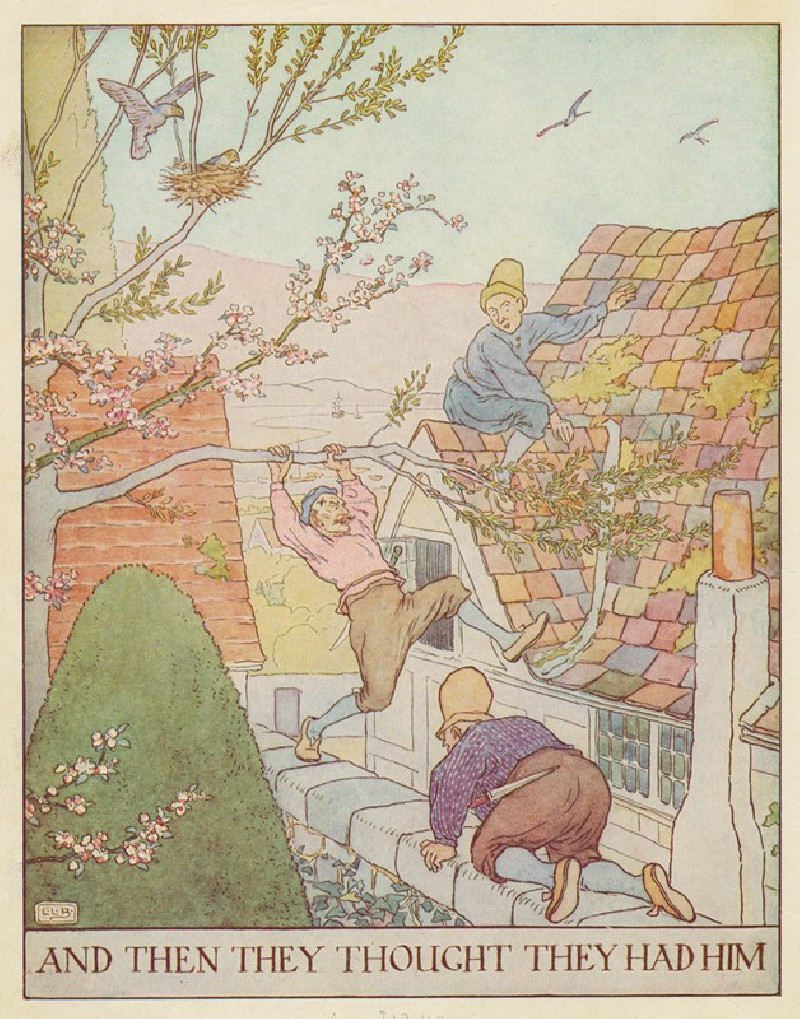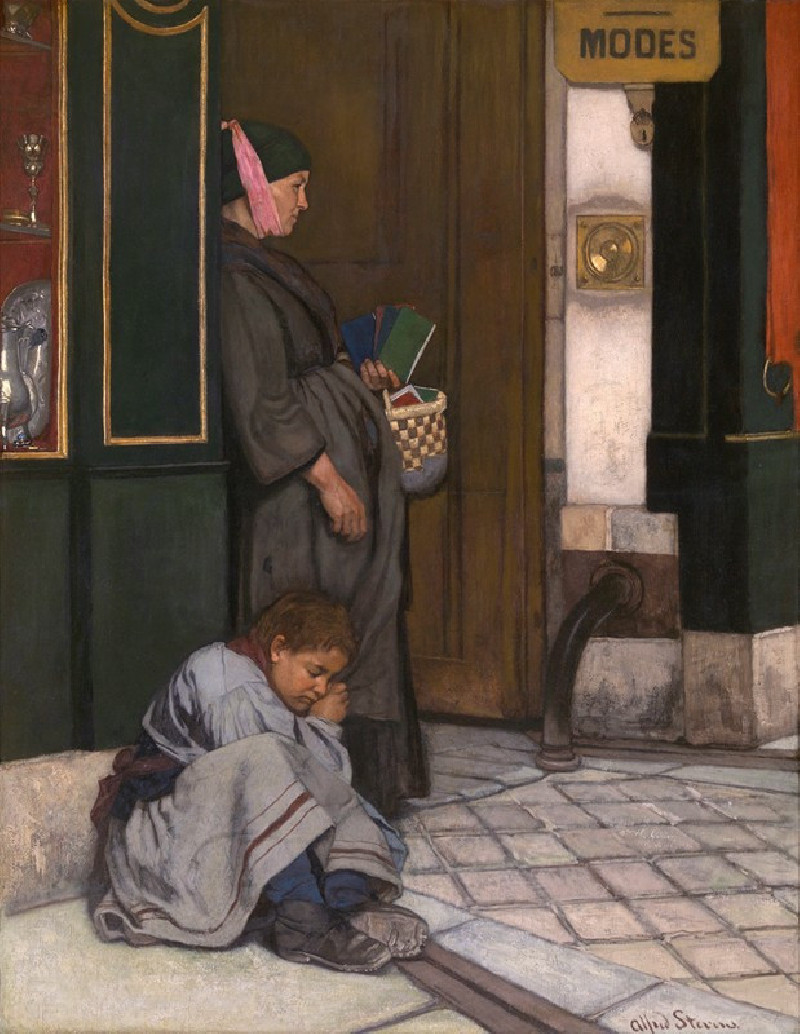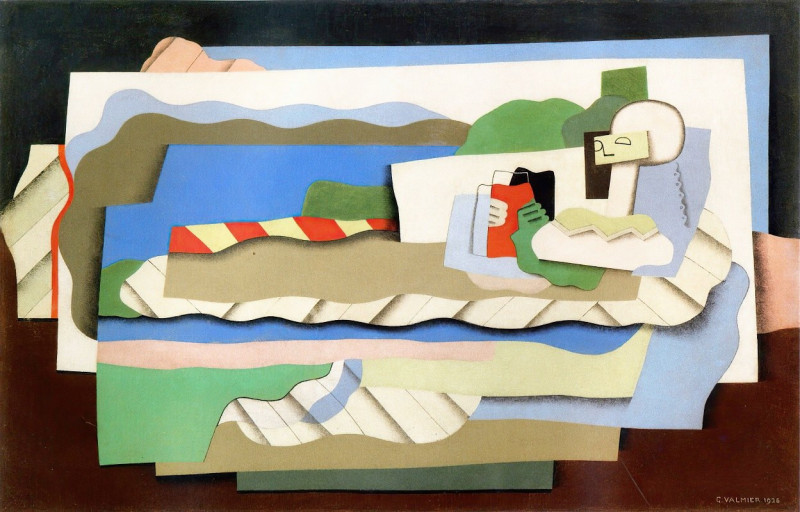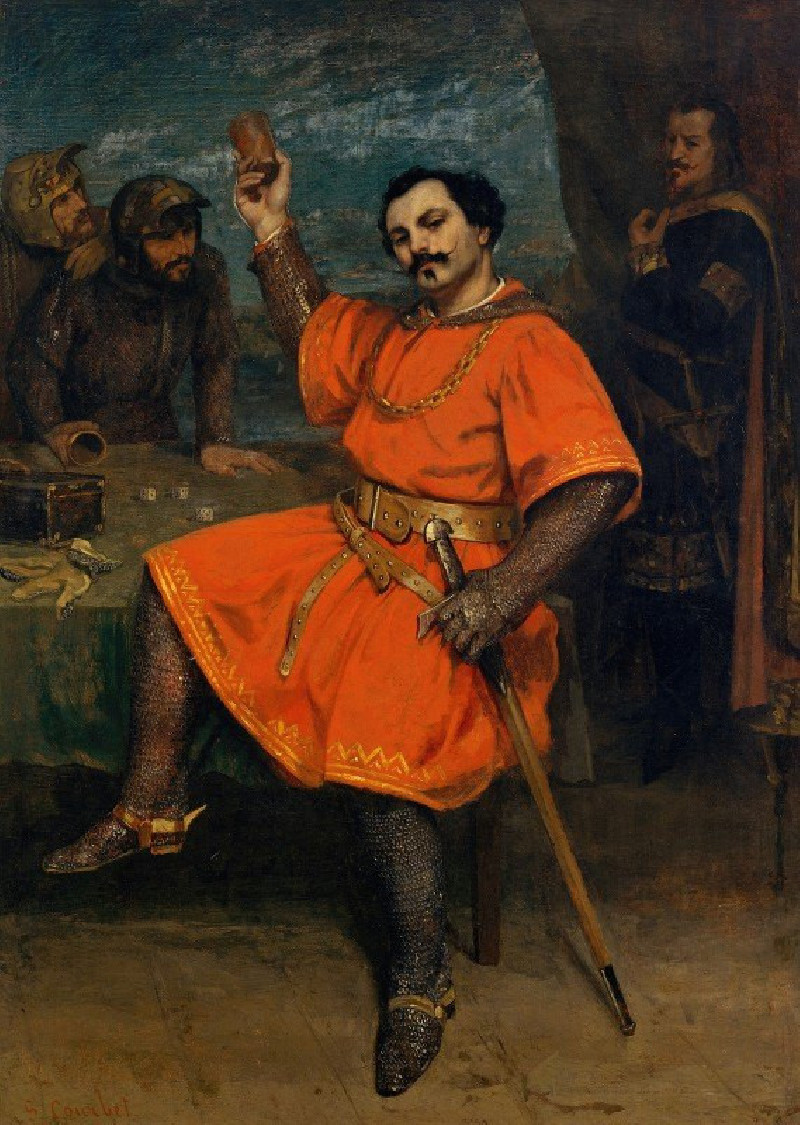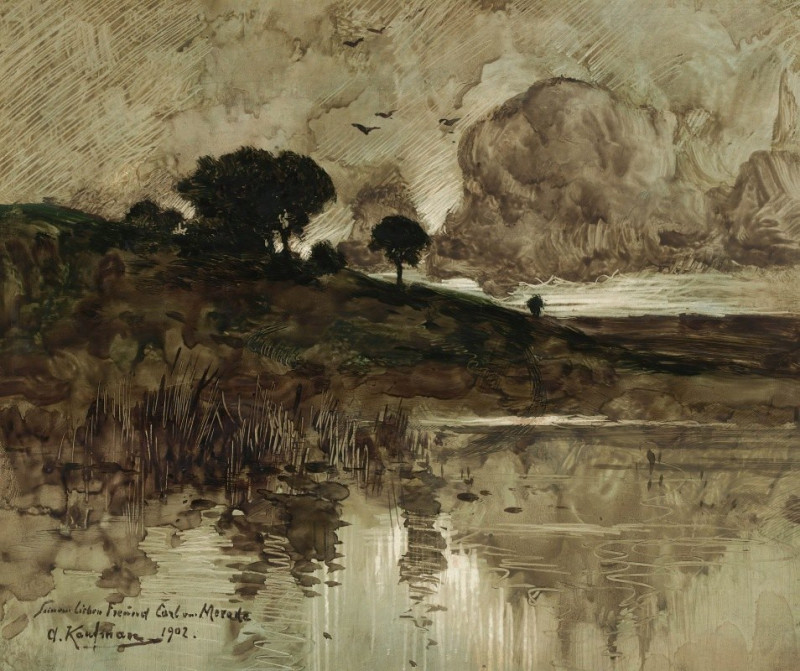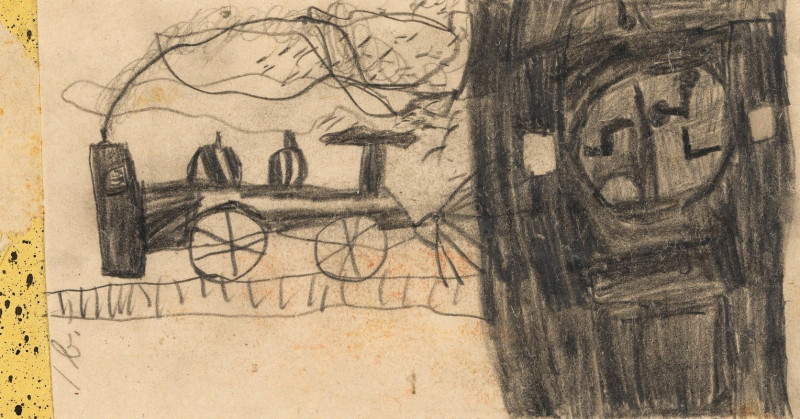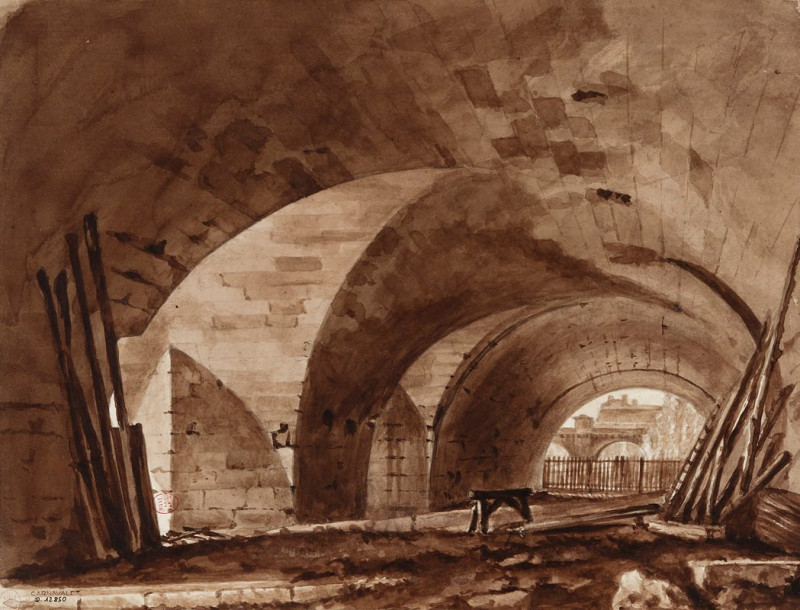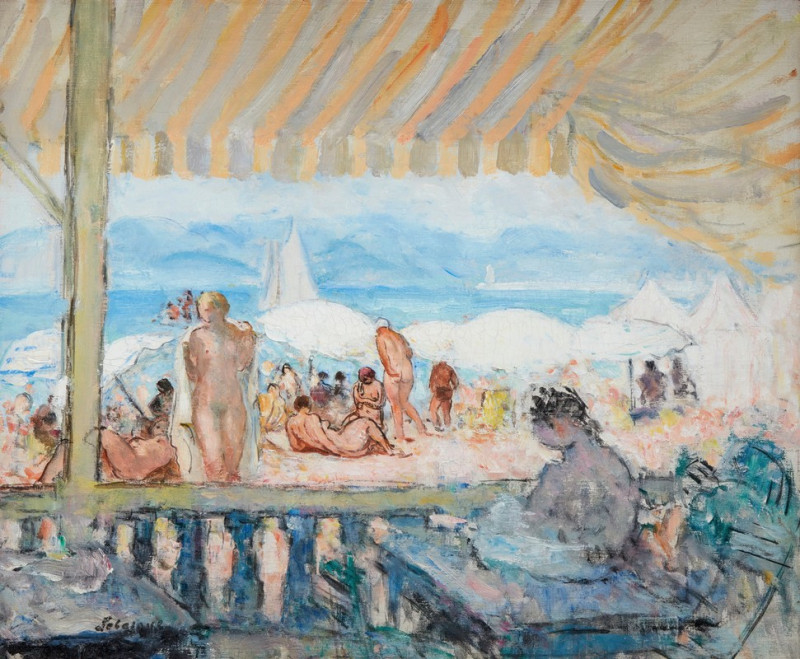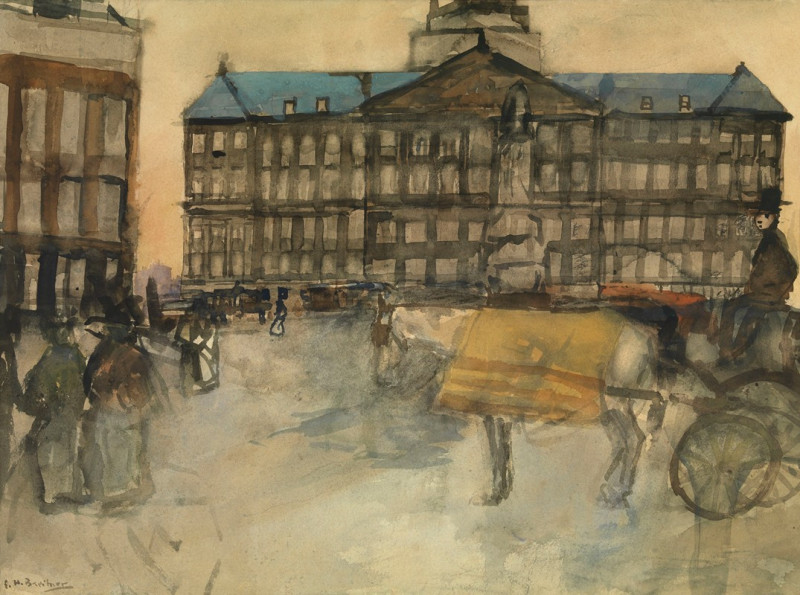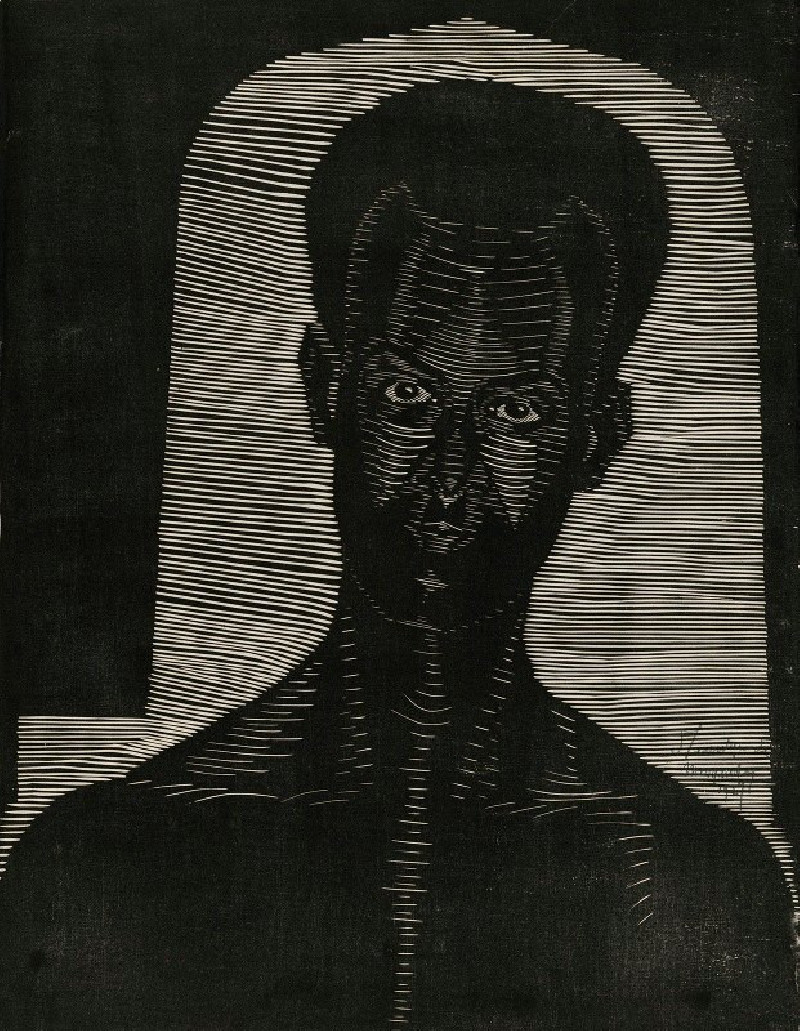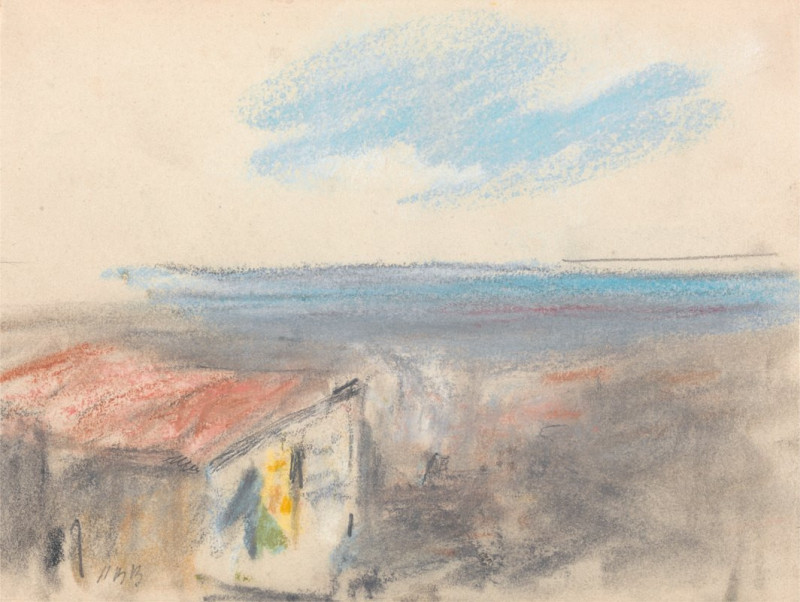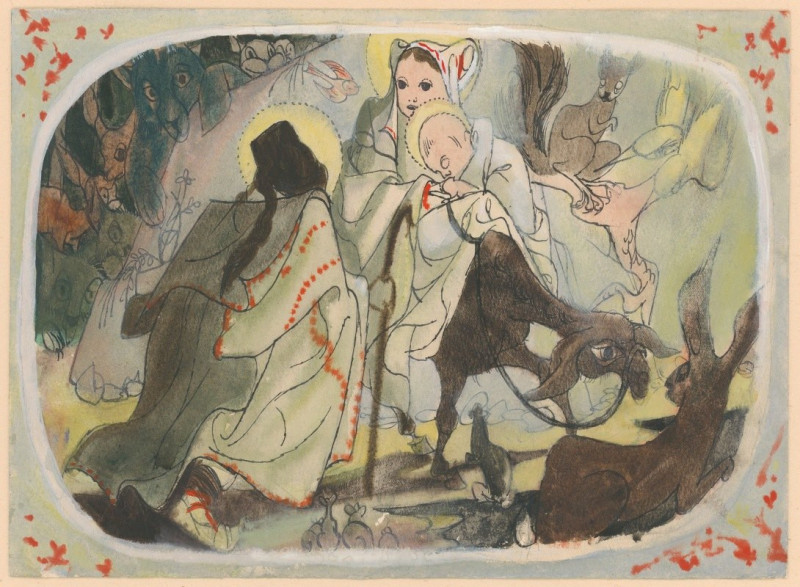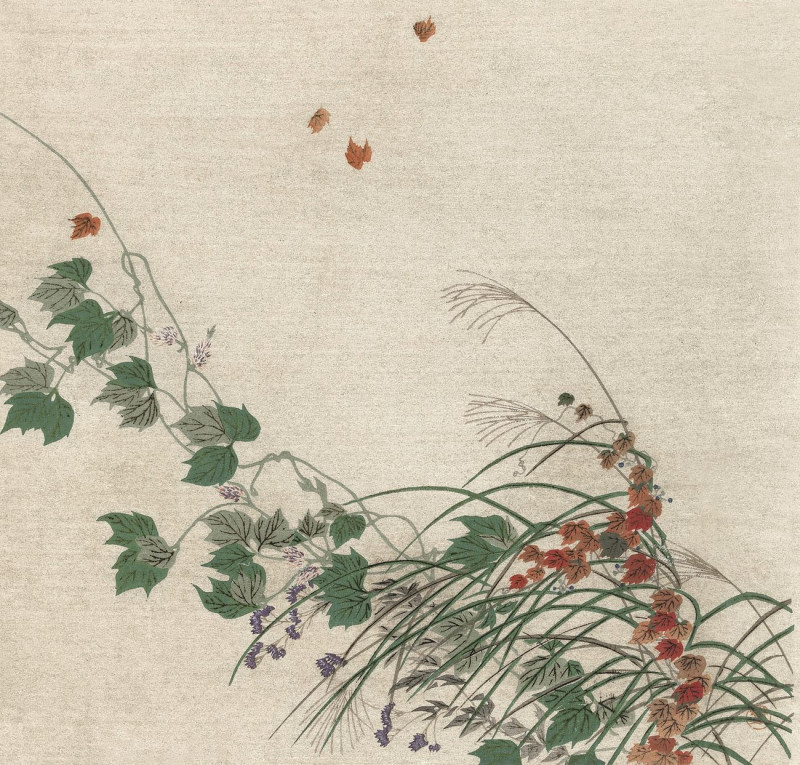Man in Oriental Costume (The Noble Slav) (1632)
Technique: Giclée quality print
Recommended by our customers
More about this artwork
In this captivating portrait "Man in Oriental Costume," also known as "The Noble Slav", created in 1632, Rembrandt van Rijn masterfully depicts a dignified man adorned in elaborate and exotic attire. The painting showcases Rembrandt's unparalleled ability to combine realism with a profound depth of emotion.The central figure is portrayed with a striking presence, dressed in a richly textured golden robe, which suggests a status of wealth or nobility. His head is adorned with a large, wrapped turban, detailed with a tassel that subtly catches the light, adding to the complexity and authenticity of his appearance. His face, marked by a stern expression and the lines of age, conveys a sense of wisdom and gravitas, making the viewer ponder about his life and the stories he might hold.Rembrandt's use of chiaroscuro, the technique of using strong contrasts between light and dark, adds a dramatic and almost theatrical quality to the portrait. This not only highlights the intricate details of the costume but also focuses our attention on the man’s gaze, which meets the viewer unabashedly.This portrait is remarkable not only for its technical mastery but also as a reflection of the cultural and artistic curiosity that characterized the Dutch Golden Age. During this period, artists were deeply fascinated by Oriental motifs and themes, which they regarded as exotic and luxurious. Rembrandt, through this painting, emerges not only as an observer of his own society but as an interpreter of wider cultural phenomena.
Delivery
Returns
Rembrandt Harmenszoon van Rijn was a Dutch draughtsman, painter, and printmaker. An innovative and prolific master in three media, he is generally considered one of the greatest visual artists in the history of art and the most important in Dutch art history. Unlike most Dutch masters of the 17th century, Rembrandt's works depict a wide range of style and subject matter, from portraits and self-portraits to landscapes, genre scenes, allegorical and historical scenes, and biblical and mythological themes as well as animal studies.

